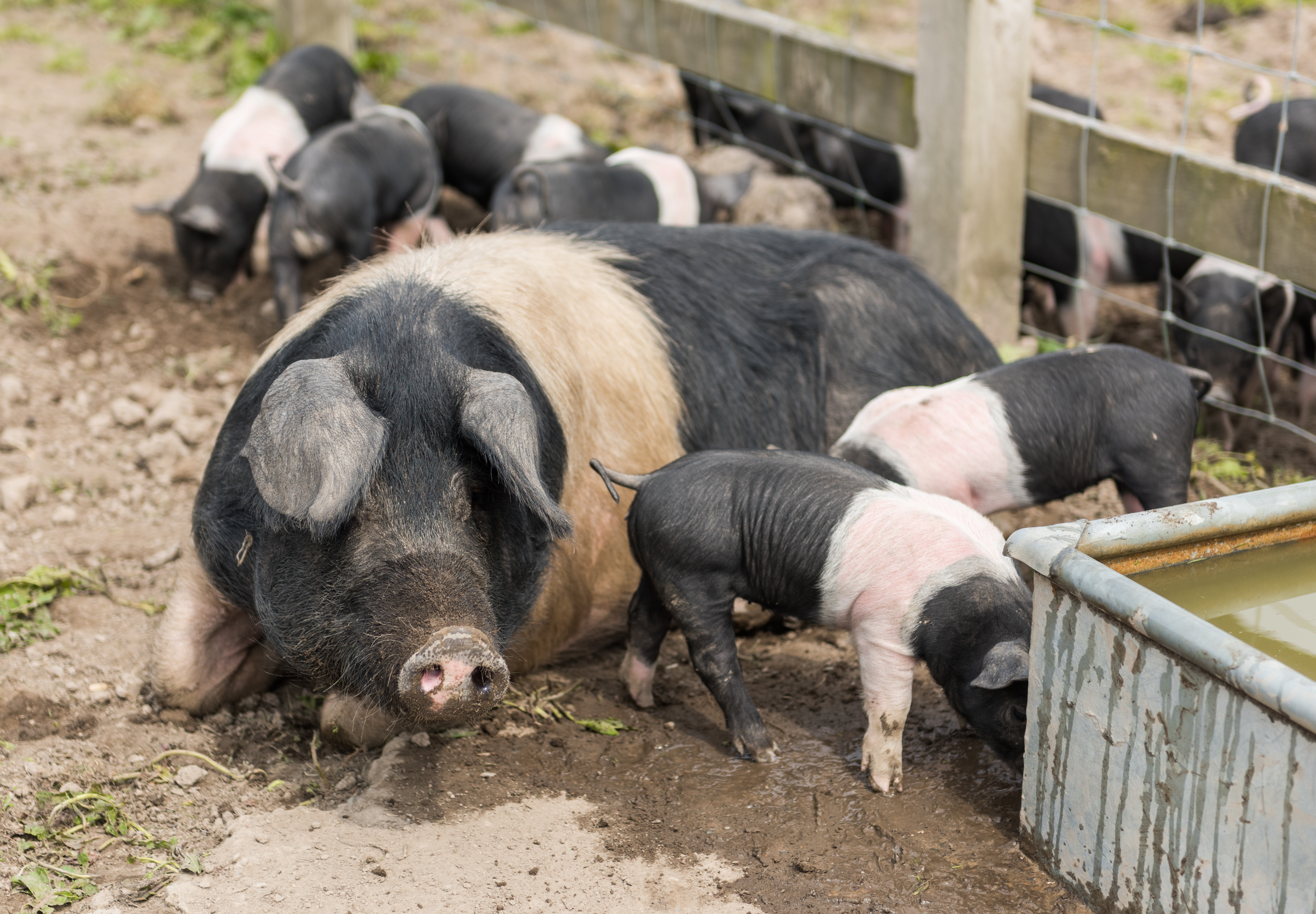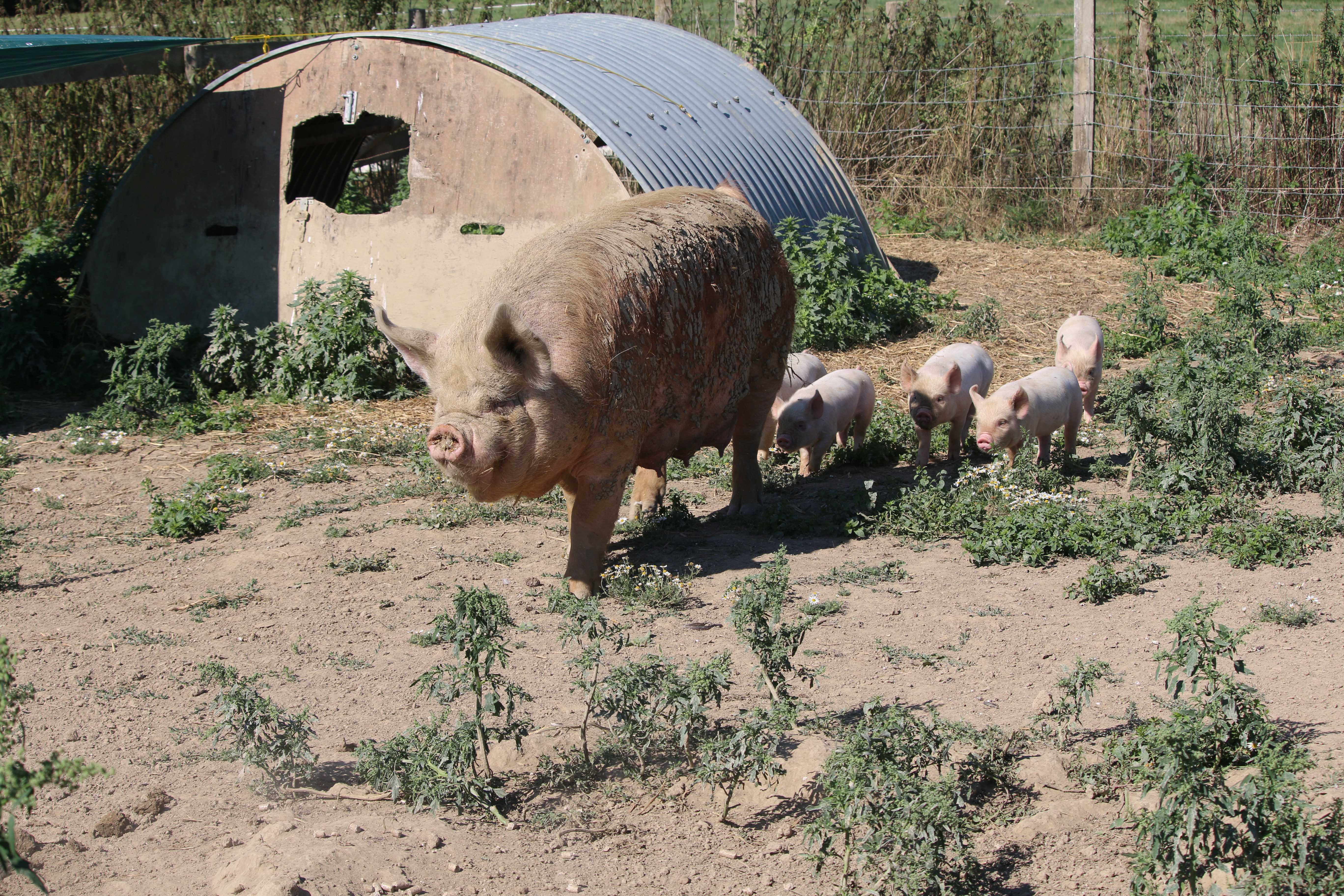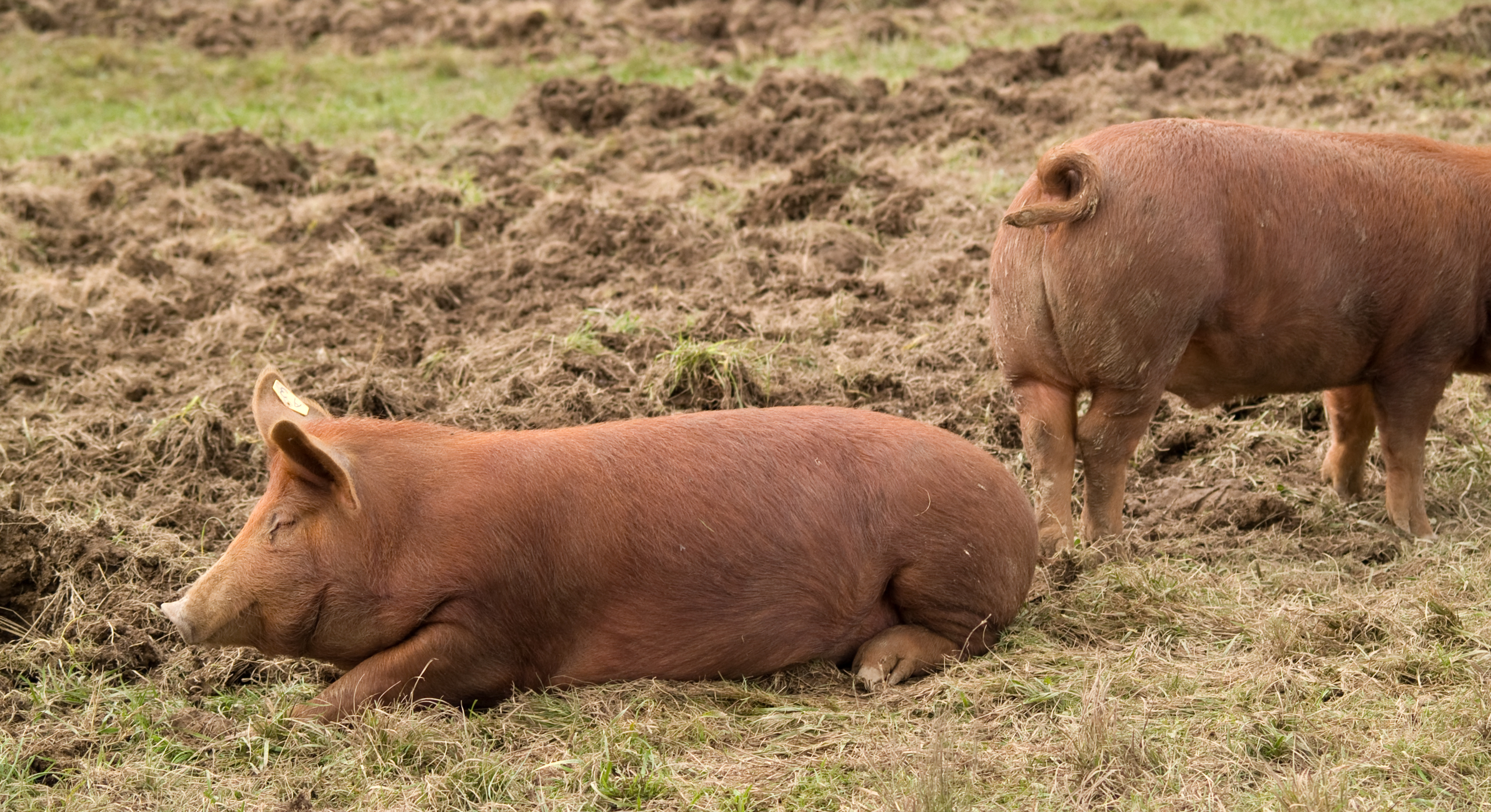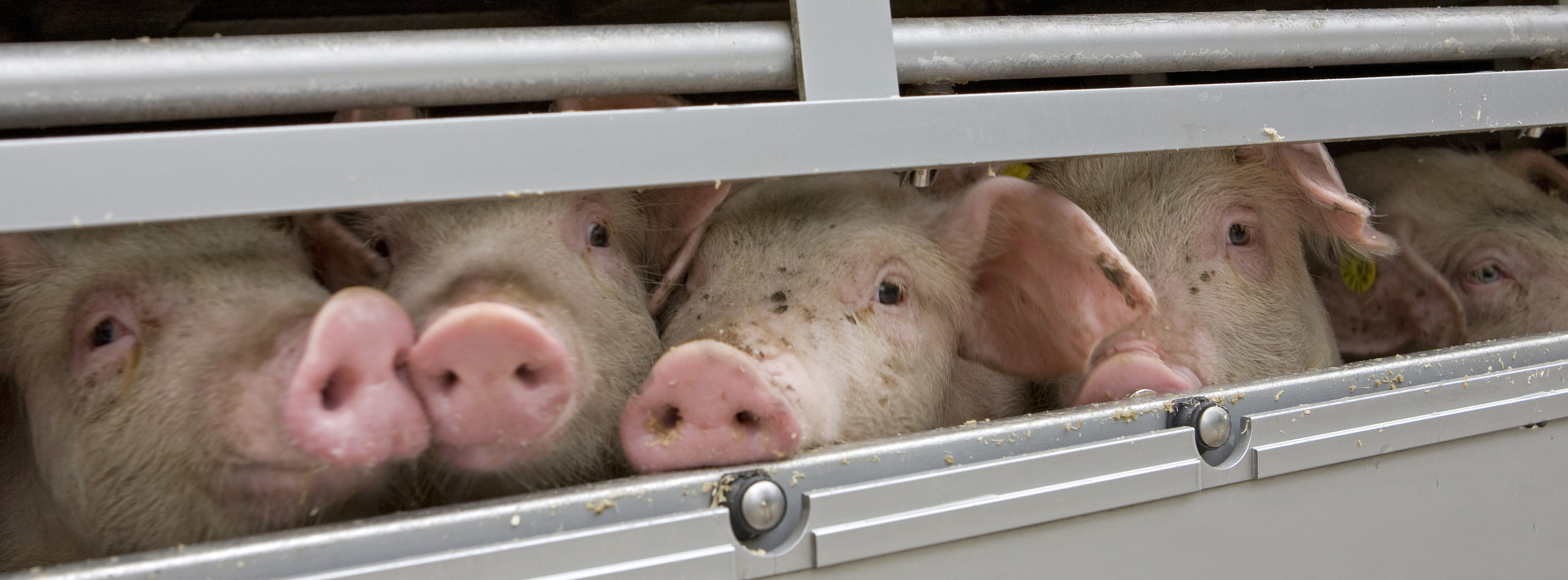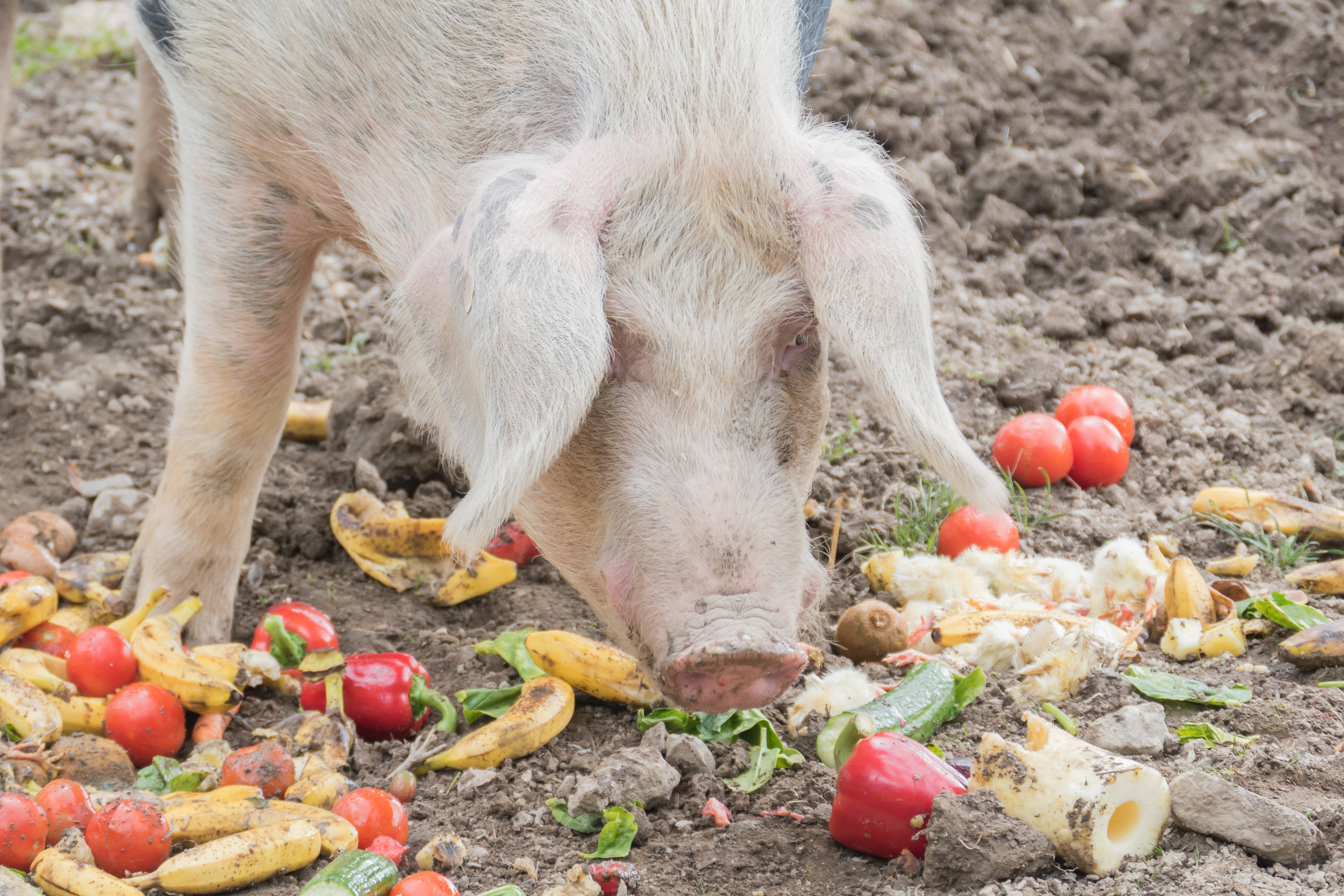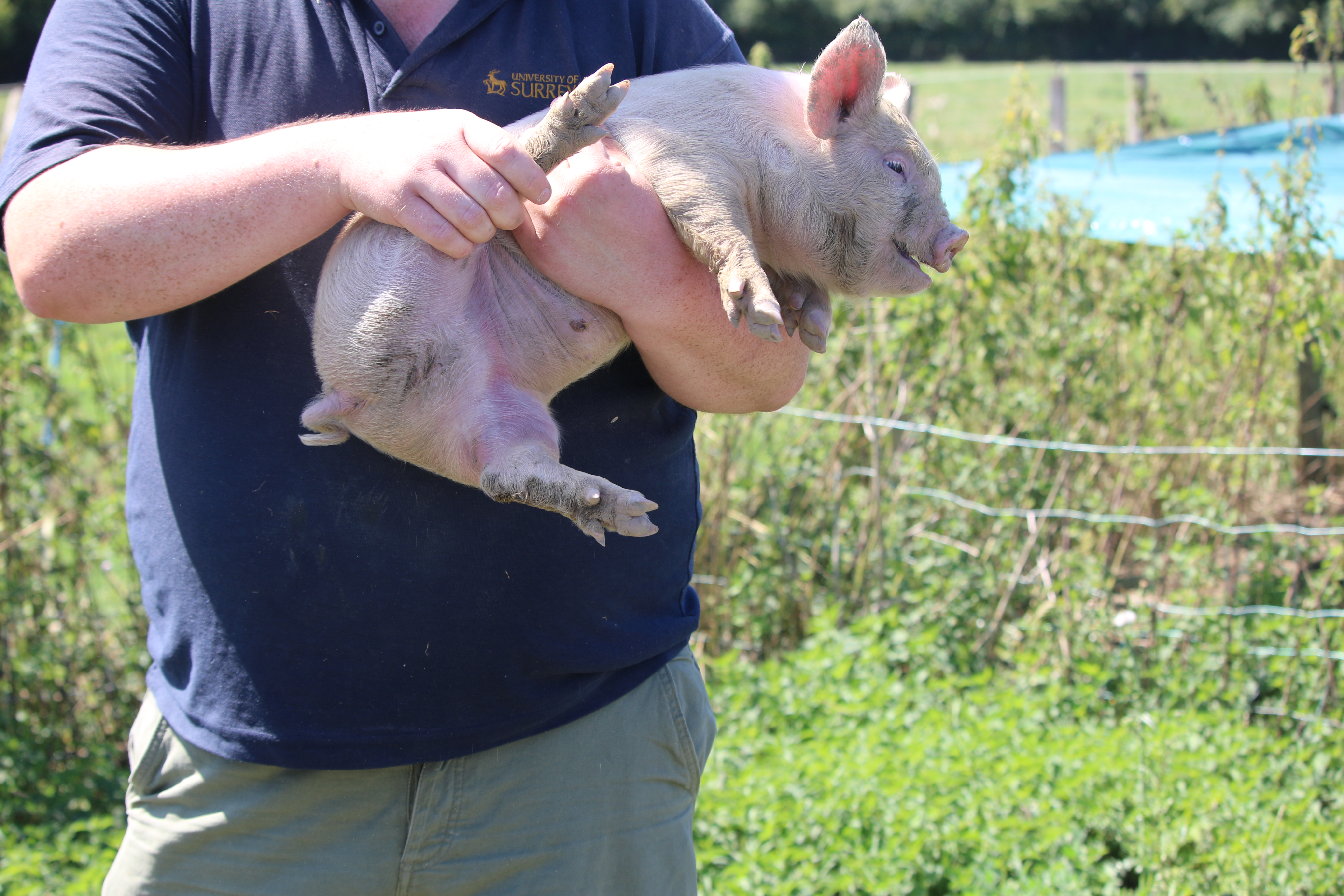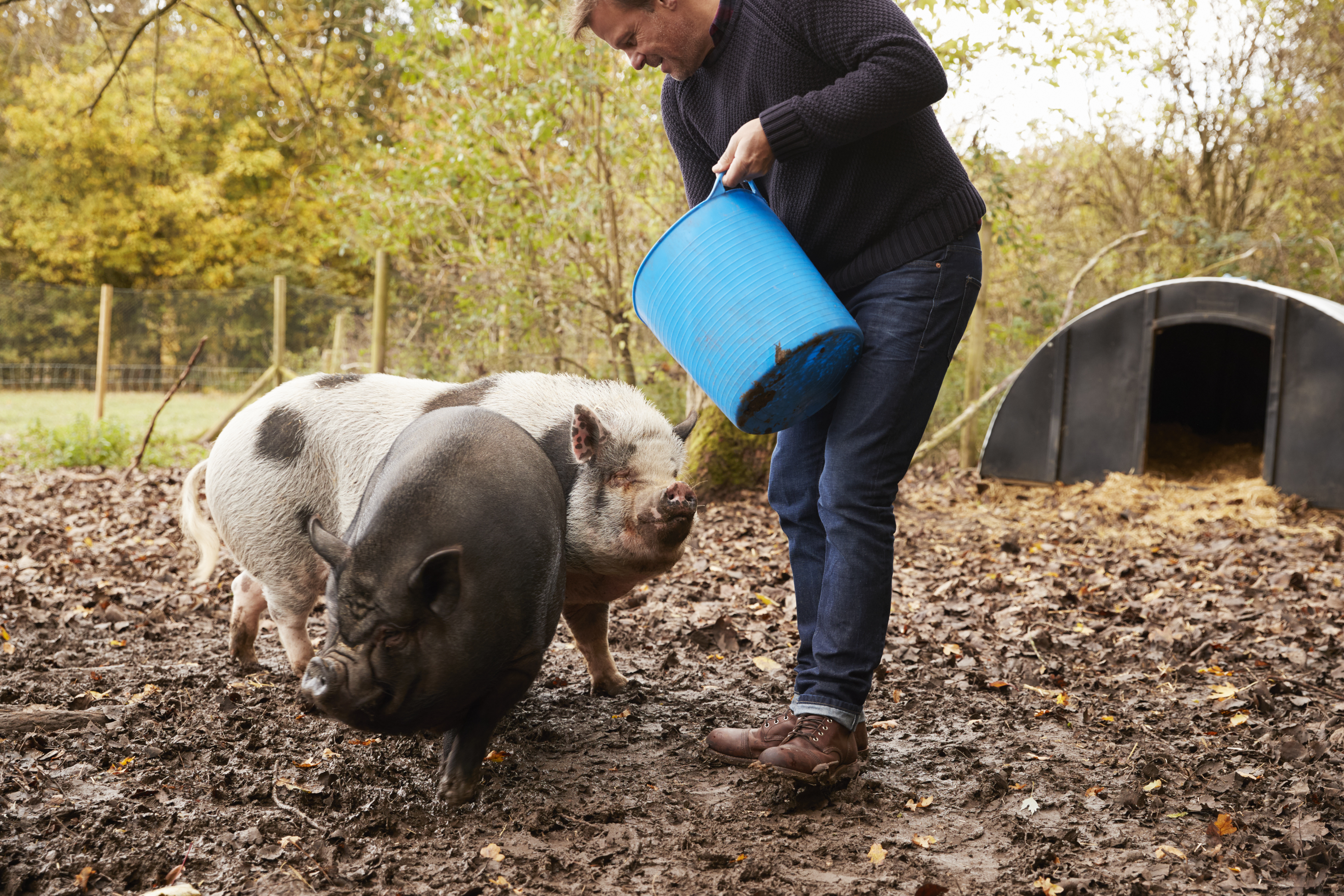



How to assess on-farm pig isolation facilities
The UK Animal and Plant Health Agency (APHA) provide guidance on achieving government-approved isolation facilities for new or sick pigs.Part of Series:
< Previous Article in Series Next Article in Series >
Management of the facility
Buildings used for the on-farm isolation must be dedicated for the on-farm isolation and be physically separate from any buildings used for other livestock.
Pastures used for on-farm isolation facilities must be dedicated for on-farm isolation and be physically separate from any pastures or buildings used for other livestock on the premises. A minimum distance of three metres is required between the perimeter of the isolation fields and any other livestock. This three-metre separation would be satisfied with stock-proof double fencing.
Animals may only be moved between isolation facilities on the same farm under license of the Regional Veterinary Lead (RVL) or Veterinary Lead Wales (VLW)) and under any conditions that the license may contain.
Specification for animals entering and remaining on the on-farm isolation facility
The animals entering the approved isolation facility must be individually identified and either:
- have been at an approved agriculture show or series of agriculture shows or be about to go to such a show/series; or
- be breeding boars or sows brought on to the premises for breeding purposes; or
- be resident breeding boars or sows placed in isolation with visiting pigs for breeding purposes; or
- be breeding boars being sent to a market during the main breeding sales season; or
- be breeding boars returning from a market unsold during the main breeding sales season; or
- be breeding sows or boars moving to the premises for the purpose of breeding; or
- be sows or boars prior to moving to an artificial insemination (AI) centre and upon return.
The pigs must be kept in the isolation facility for at least 20 days after the addition of the animal.
Sharing of approved isolation facilities
Pigs may not share isolation facilities with animals of any other species whatever the reason.
Farmers can use an isolation facility for different purposes providing that the isolated animals have completed the appropriate period in isolation before it is re-used for other animals which are to be isolated. For example, a facility used for show animals changing to breeding animals.
Construction for buildings
Any buildings used in the isolation facility must be designed such that any discharges, effluent and manure are retained there or disposed of in such a manner that they do not come into contact with other livestock.
A dedicated loading and off-loading facility must be provided for each isolation facility. This facility must be fully cleansed and disinfected after use.
Operating procedures
- Dedicated protective clothing for staff must be provided for the isolation facility.
- Protective clothing must be provided for visitors.
- Disinfectant footbaths must be provided and used at the entrance(s) to the isolation facilities.
- Any person entering the isolation facility must wear protective clothing and footwear, and use the disinfectant footbaths at the entrance(s).
- Any unused feeding stuffs, fodder, bedding intended for animals in the isolation facility must remain in the isolation facility while animals are present.
- All equipment: pens, boards, sticks, in the isolation facility must remain there until the 20 day standstill period, as appropriate, has been satisfactorily completed.
- Special rules apply to any lactating animals that are in these isolation facilities. The welfare of these animals must be safeguarded.









